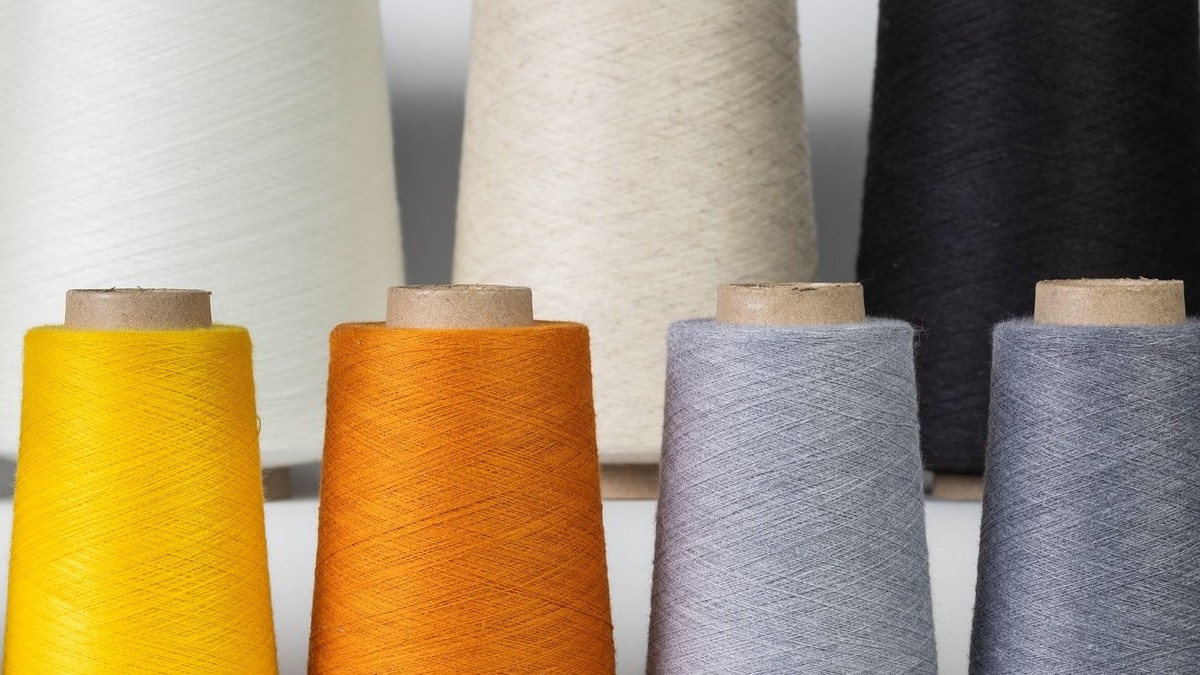In recent years, the European Union has introduced a series of new regulations on sustainability and the circular economy, with the textile industry being one of the key areas under scrutiny. These regulations not only change how products are designed and manufactured, but also reshape collaboration models across global supply chains. For Taiwan’s export-oriented textile sector, this means accelerating the pace of sustainable transformation in order to remain competitive in the European market—while turning challenges into opportunities for brand and technological upgrades.
Major New EU Regulations
EU Textile Strategy:
Aims to make clothing more durable, repairable, and recyclable by 2030, while increasing the share of recycled fibers.
Ecodesign for Sustainable Products Regulation (ESPR):
Requires that durability and recyclability be considered at the design stage to minimize environmental impact.
EU Deforestation Regulation (EUDR):
Mandates proof that raw materials have not caused deforestation, potentially affecting leather and natural fiber supply chains.
Corporate Sustainability Due Diligence Directive (CSDDD):
Obliges companies to track and disclose human rights and environmental risks within their supply chains.
Green Claims Directive:
Any sustainability-related claims—such as “carbon neutral”—must be backed by scientific evidence and verified by a third party.
Impact on Taiwan’s Textile Industry
These regulations pose challenges such as higher market entry thresholds, increased costs for traceability and verification, and the risk of penalties or reputational damage from false sustainability claims. For small and medium-sized manufacturers with limited resources, compliance pressure may be especially heavy.
However, early adoption of sustainable production can be a competitive advantage. Using recycled fibers, adopting low-chemical dyeing and finishing processes, or developing fabrics designed for circularity could open doors to high value-added markets. Companies that pioneer recycling, rental, or other circular business models will have stronger prospects for long-term partnerships with EU brands.
Strategies for Enterprises
From a practical standpoint, companies should first establish a comprehensive raw material traceability system that records suppliers, origins, and certification data, potentially supported by digital tracking platforms. Product designs should avoid hard-to-recycle blends, increase recycled fiber content, and strengthen chemical management to meet EU hazardous substance restrictions.
In addition, businesses should develop due diligence processes aligned with international standards and obtain certifications such as GRS or Oeko-Tex to enhance market credibility. In the long run, developing take-back, repair, and rental services will be an important step toward aligning with the EU’s circular economy goals.
Policy and Industry Collaboration
To help Taiwan’s textile industry keep pace with the EU, both industry and government must work together. Establishing a national sustainability information platform and providing regulation updates with template documents can lower compliance barriers for SMEs.
Subsidizing testing and certification costs, as well as investing in recycled fiber and circular technology R&D, can help companies maintain competitiveness throughout the transition.
Conclusion
The EU’s new regulations will accelerate the global textile industry’s shift toward sustainability. While they bring short-term pressure to Taiwan’s exporters, they also open the door to becoming high value-added suppliers.
With proactive planning and coordinated industry resources, Taiwan is well-positioned to secure a leading role in the international sustainable supply chain.





.jpg)








